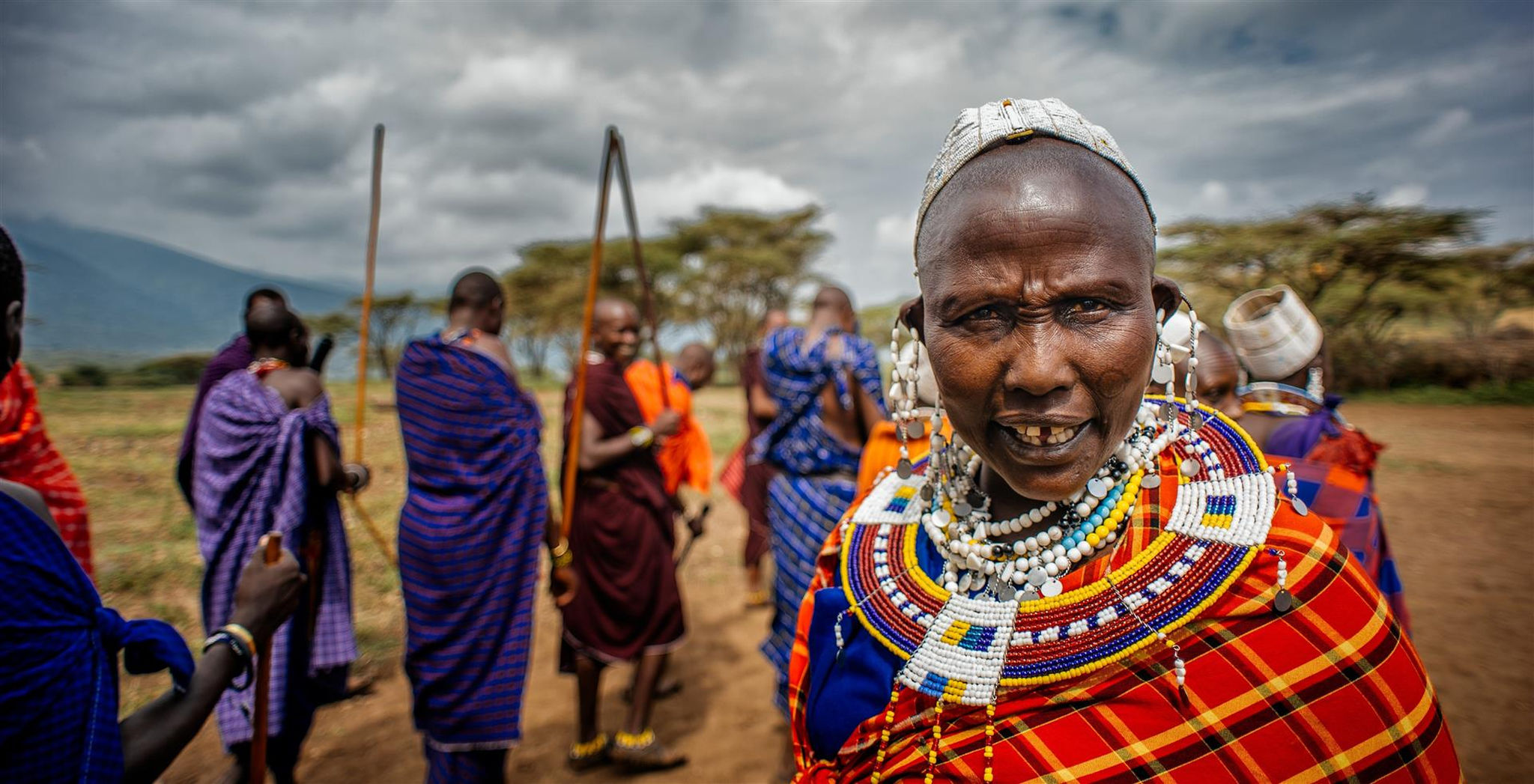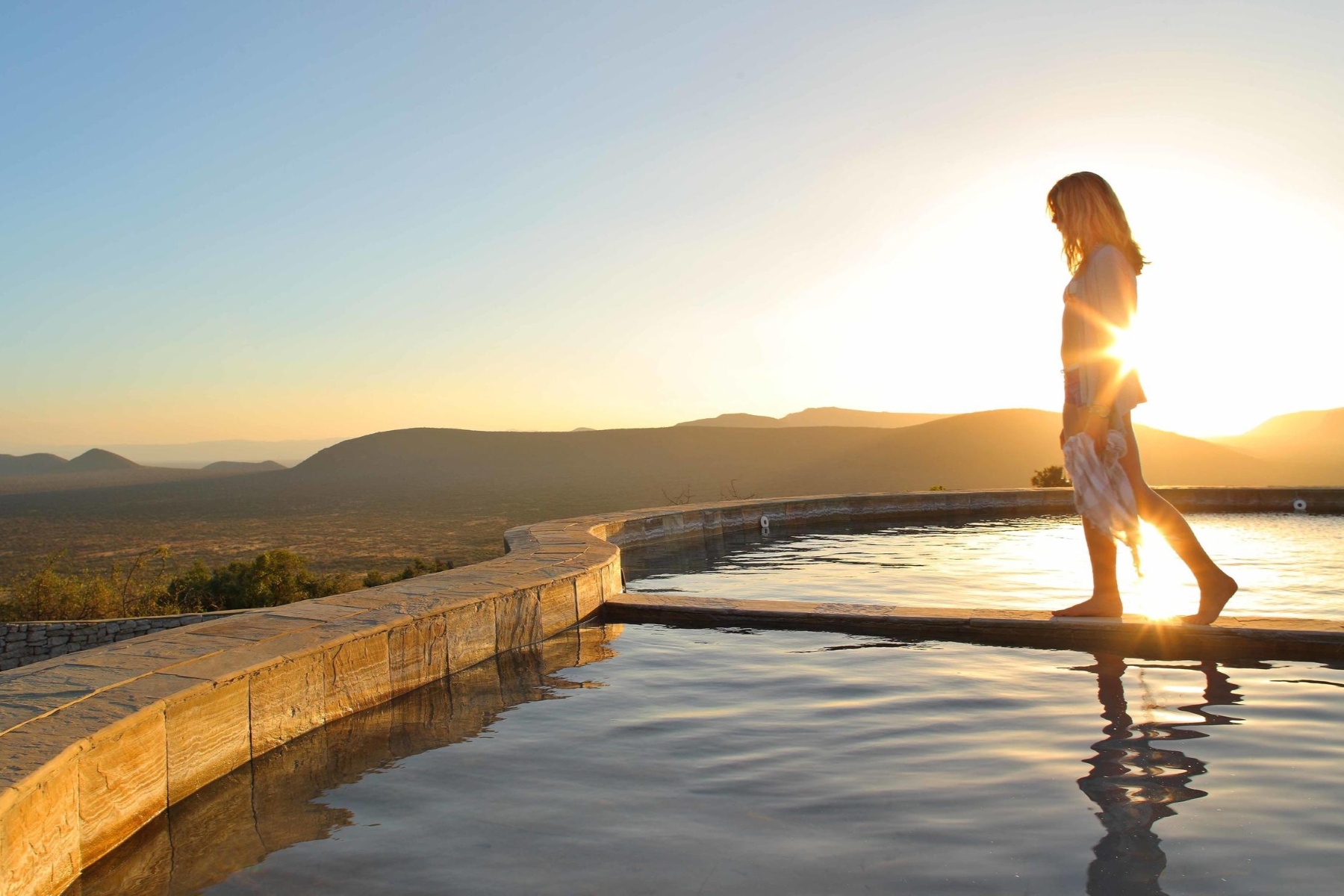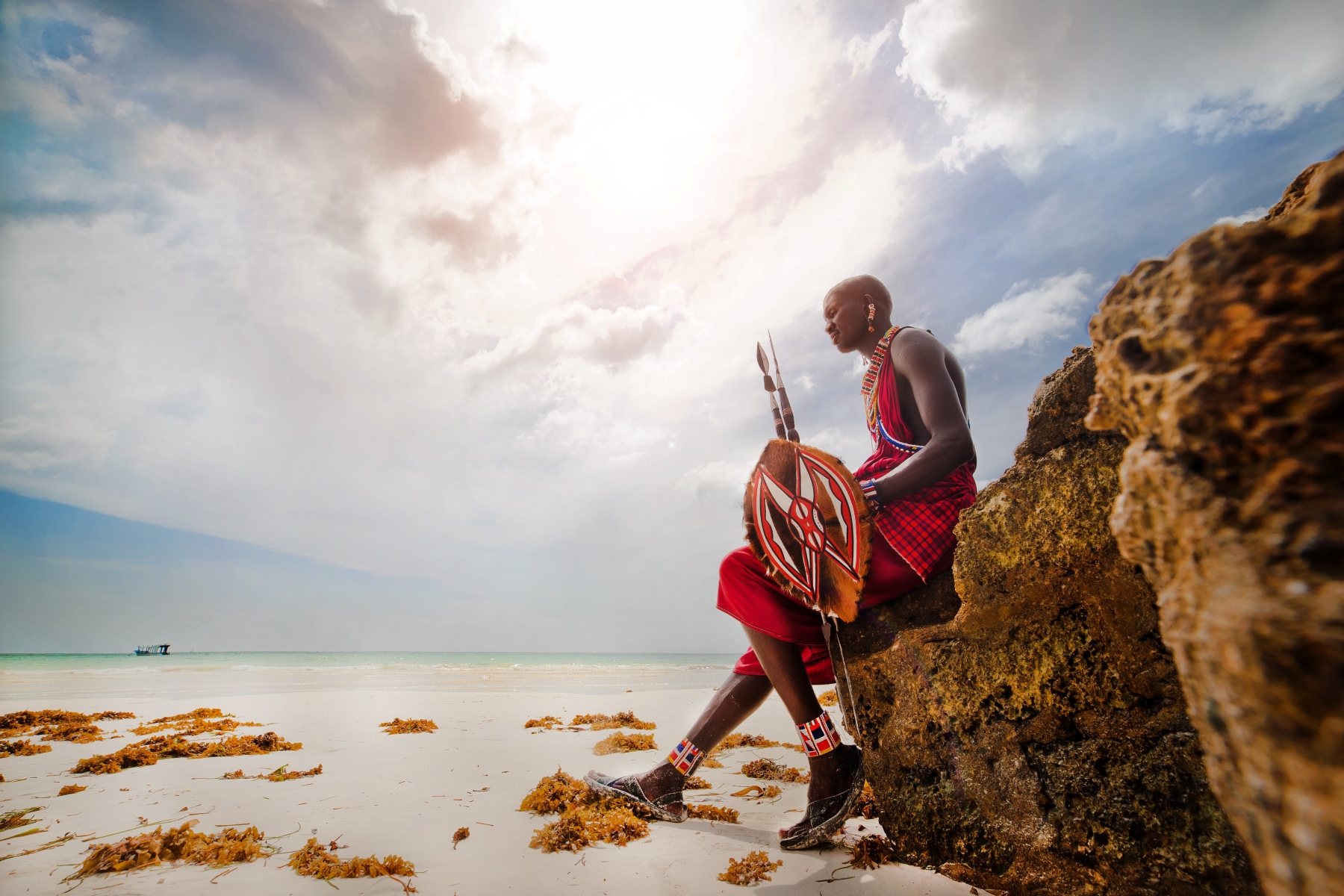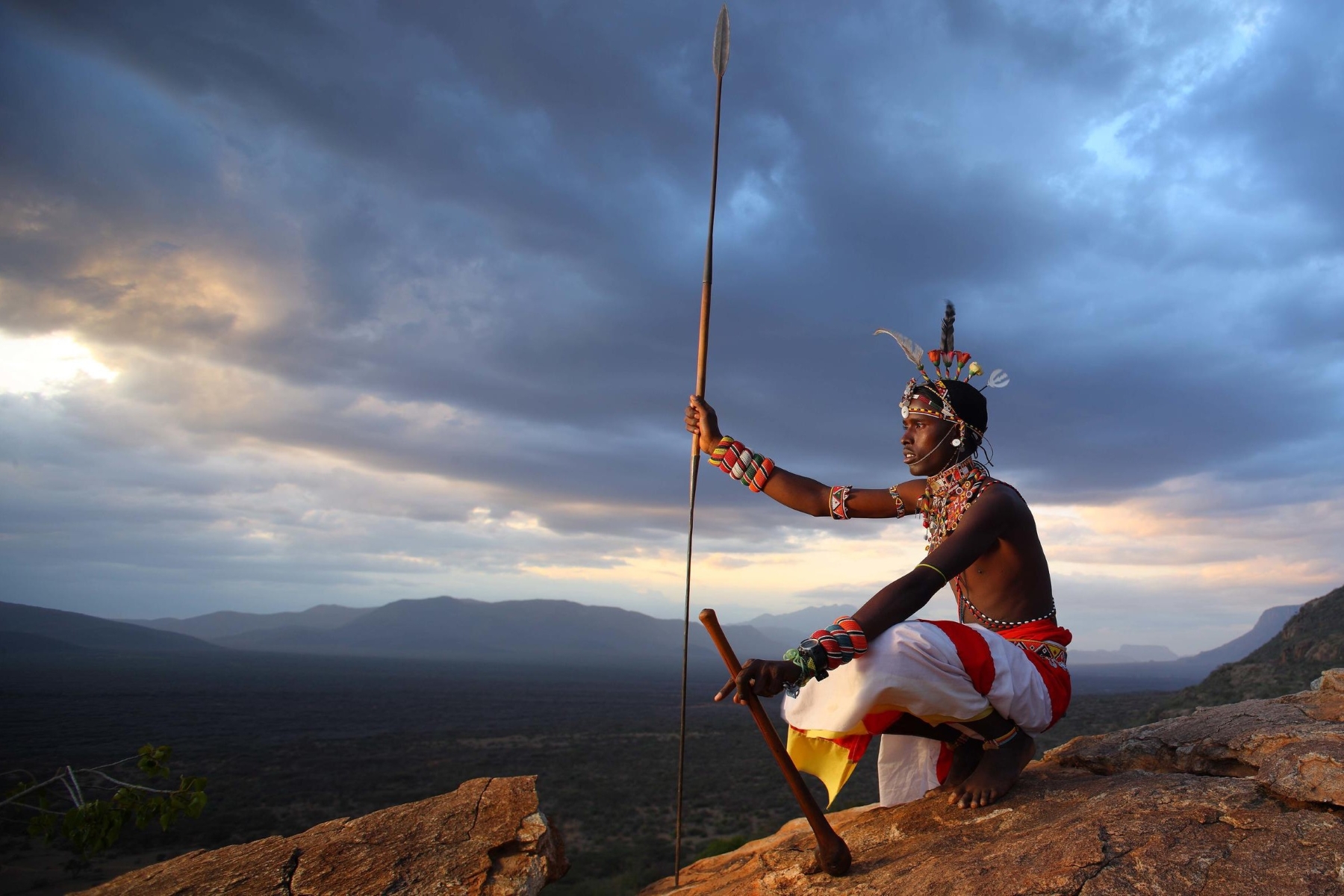When is the best time to visit Kenya? Hint: It’s not just when the wildebeest panic at the river. You can visit Kenya any time of year, and you’ll have an amazing trip. But if you’re asking when it’s best, that’s a different question. A more specific, slightly loaded, absolutely valid one. Because "best" depends on what kind of traveller you are. Personally, I can never resist the action-packed drama of growls and dust clouds. Or an elephant quietly ignoring me while I whisper, “This is fine dining for the soul”. Let’s break it down, month by month.

Maasai culture meets season-savvy safari planning
January to March
Newborns, Beach Days, and Flamingos with Opinions
This is Kenya’s secret summer. I love it when the rains from late the previous year give everything a fresh, green glow, but the skies are clear and the roads are dry.
Calving season is in full swing, so the plains are scattered with wobbly-legged wildebeest and opportunistic predators who’ve definitely read the memo.
It’s also prime time for a Kenya coastline escape. The water’s warm, visibility is excellent for diving, and it has lower humidity than usual. Want to climb Mount Kenya? This is your window to do so.

Season of giants, greens, and quietly epic views
Where to Go
Amboseli National Park for that iconic elephant-Kilimanjaro combo, Lake Nakuru and Naivasha for birds and big game, Laikipia for a quieter kind of safari
Best Bits
- Calving season = baby animals + predator action
- Excellent birding at Rift Valley lakes
- Great visibility for diving/snorkelling
- Ideal conditions for trekking Mount Kenya
- Fewer tourists, easier lodge availability

Lake drama with feathers, flair, and front-row seats
April to June
Green Season, Also Known as: The 'Introvert’s Safari'
This is when the long rains roll in. And while some safari-goers panic at the word “rain”, others quietly celebrate. Why? Because it is quiet. Peaceful. The landscapes are outrageously photogenic. And birders? They’re losing their minds over the incredible feathery sightings.
Many lodges close temporarily, but not all – especially in Laikipia Plateau, Samburu, and the highlands. The wildlife doesn’t vanish, the prices drop, and your chances of having a sighting all to yourself increase significantly.

Solitude, sass, and savage timing on safari, Image Credit: Tom Stables
Where to Go
Off-the-beaten-track parks, highlands, conservancies, all those places you’d want to keep to yourself.
Best Bits
- Ridiculous green views and dramatic skies
- Best prices and brilliant photo ops
- Fewer humans, more wilderness
- Wildflowers, baby animals, and birds galore
- Off-peak lodge stays without the fuss

Off-peak season Kenya: still wild, still absolutely worth it, Image Credit: Saruni Samburu
July to October
Peak Safari Season and The Main Event: The Great Migration
Let’s not pretend otherwise – this is Kenya showing off. The dry season kicks in, thinning the vegetation and drawing animals to permanent water sources. Everything is easier to spot, and nothing is in hiding.
This is also when The Great Migration makes its way into the Maasai Mara from the Serengeti. Mid-August to October is your best chance to catch wildebeest risking their lives at crocodile-infested river crossings while photographers hold their breath (and their cameras), hoping to capture the chaos.
Yes, it’s busy. But there’s a reason for that, and I can wholeheartedly say it's worth it.

Maasai Mara goes full cinematic during migration season
Where to Go
Maasai Mara (for drama), Lewa and Meru National Park (for breathing room), Tsavo National Park, Laikipia, and Samburu.
Best Bits
- Prime wildlife viewing across all regions
- Great Migration river crossings in full swing
- Best time for photographers and Big 5 sightings
- Dry weather = open plains and clear views
- Perfect time to pair safari with the coast

If you're keen on chaos in motion, July to October is the best time to visit Kenya
November to December
Short Rains, Long Lenses, and Underrated Brilliance
The short rains arrive in November, turning the plains from gold to green almost overnight. And while the weather gets a bit unpredictable (short, sharp showers that often clear quickly), the safari conditions stay strong.
Migratory birds arrive. Baby animals start appearing again. And most people are too busy prepping for the holidays to be out on a game drive, which means you get more space to breathe.
It’s a transitional time, and often overlooked, which is exactly why you'll love it.

Rhinos enjoying a tasty snack in Lake Nakuru National Park
Where to Go
Maasai Mara conservancies, Samburu, Laikipia, Amboseli, coastal escapes
Best Bits
- Newborn animals are starting to appear
- Migratory birds return, boosting diversity
- Landscapes turn lush and green again
- Fewer tourists, more availability
- Short rains = dramatic light, not disruption

Between sea and stillness lies the best time to visit Kenya
Best Time to Visit Kenya FAQs
Still mulling over the “when,” “where,” and “what-if” of your Kenya adventure? You’re not alone. Here are some of the most common questions we get asked.
QUESTION | ANSWER |
|---|---|
Which months are best to visit Kenya? | July to October for peak safari and the Great Migration. January to March for baby animals, fewer crowds, and great beach conditions |
When is the best time of year to go on a safari in Kenya? | The dry seasons: January to March and July to October. Less rain, more wildlife, and better visibility. |
What are the best seasons to travel to Kenya? | Depends on what you’re after. Dry = drama and clear skies. Green = moody landscapes and birding bliss. |
When is the mosquito season in Kenya? | They’re most active during the rainy months – March to May and November. |
How many days in Kenya is enough? | A week will show you the highlights. Ten to 14 days gives you time to breathe (and add a beach visit). |
What month is the hottest in Kenya? | February usually takes the crown – hot, dry, and best experienced near a pool or the sea. |
What vaccinations do I need for Kenya? | Yellow fever (sometimes required), plus the usual travel jabs: typhoid, hepatitis A/B, and malaria precautions. |
Is visiting the Maasai Mara worth it? | 100%. Iconic, wild, and full of drama – especially during the Migration. Just time it right and consider a private conservancy. |

Answering the call of the best time to visit Kenya, Image Credit: Saruni Samburu
So… When Is Your Best Time to Visit Kenya?
Kenya doesn’t really do “bad timing”. It just does different moods. Some months are blockbuster wildlife documentaries. Others are Indie films with soul and mist and the kind of light that makes you think in captions.
Whatever your season, go in with eyes open and expectations loose. That’s when Kenya has always given me her best. And if you're lucky? She’ll give you something better than "best". She’ll give you a moment that feels entirely your own.
Ready for your Kenya safari? We’ll help you pick the perfect season.
Featured image: Nick Dale

